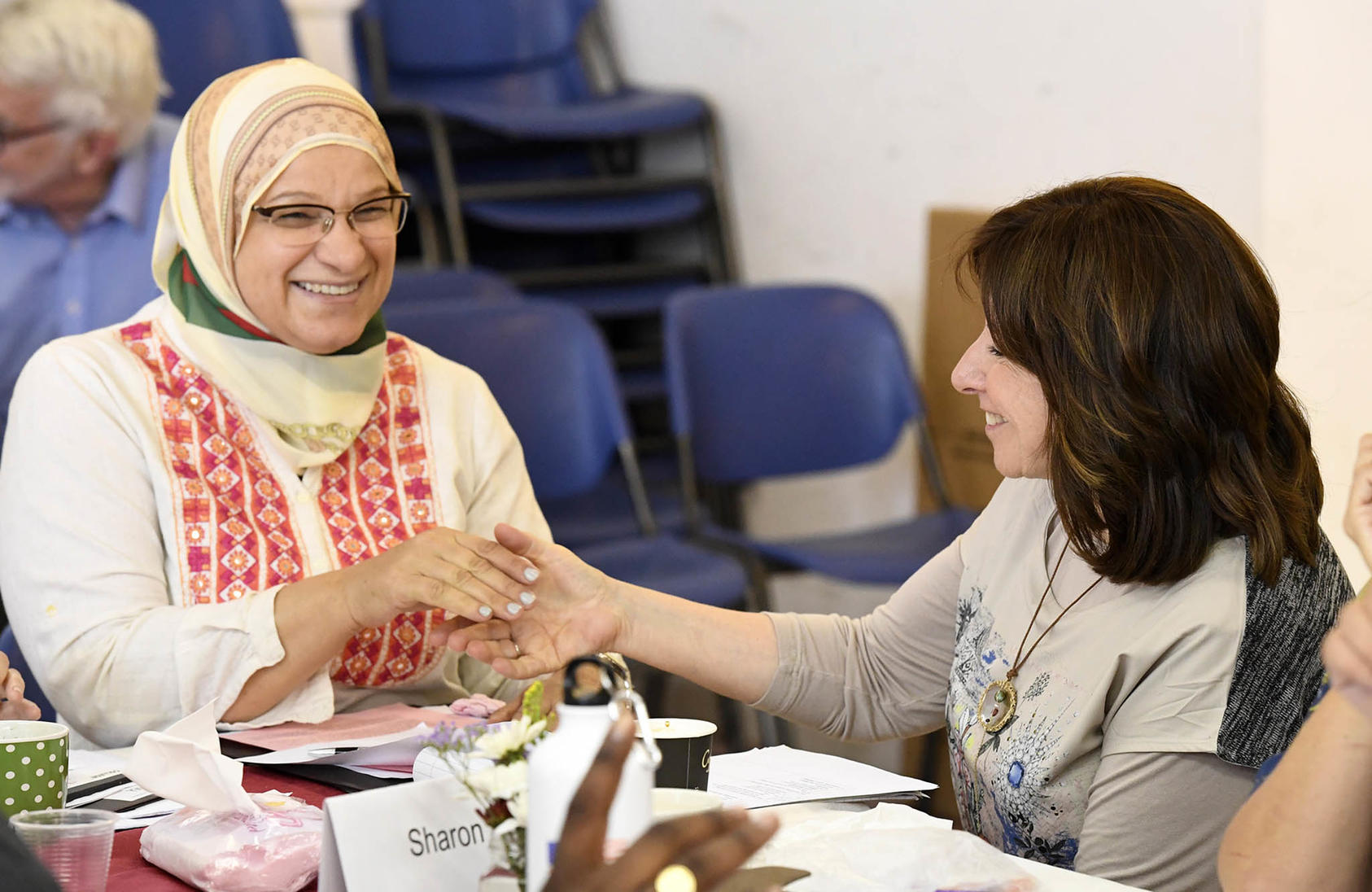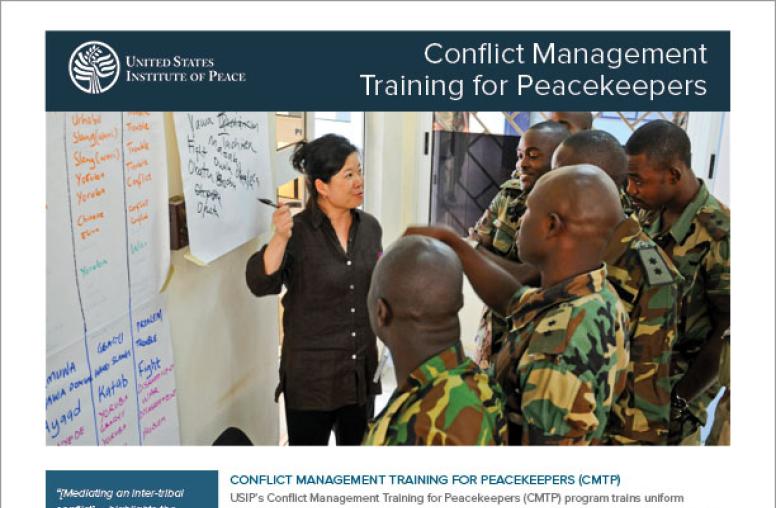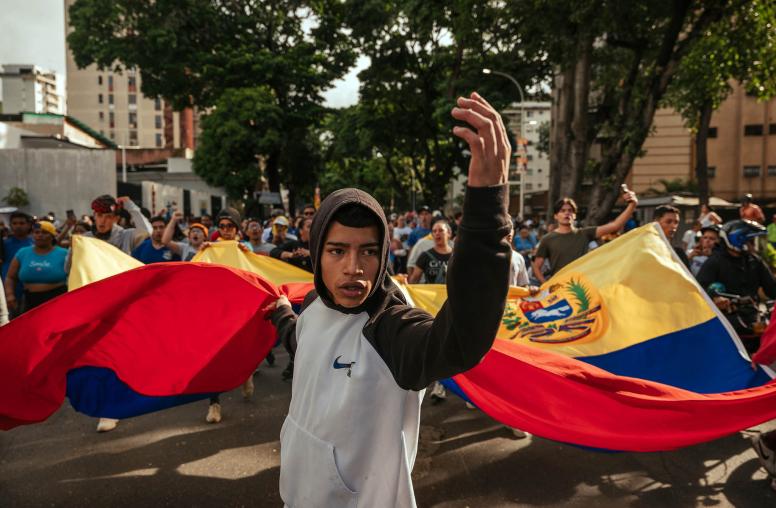Advanced Challenges in Mediation and Negotiation
In this final installment of the Three-Part International Peace Mediation series, we will explore negotiation and conflict transformation as critical components of peace mediation. By the course's conclusion, participants will possess a comprehensive skill set and understanding of peace mediation, equipping them to excel in various mediation contexts and contribute effectively to conflict resolution.

Learning Objectives
- Gain advanced knowledge in problem-solving and bargaining, essential for successful mediation.
- Develop insights into complex agreement-making, including the challenges of ceasefire negotiations, national dialogues, and power-sharing.
- Understand the role of conflict transformation as a long-term peace mediation goal, with a focus on trust-building, inclusion, and problem-solving workshops.
- Acquire the ability to design confidence-building measures and workshops while analyzing potential challenges to inclusion and participation in the field.
Agenda
Chapter 1: Negotiation and Problem-Solving
The first chapter of this course focuses on negotiation within a peace mediation environment. Participants will be able to distinguish between bargaining and problem-solving and, more specifically, principled negotiations which are commonly used in mediation.
Chapter 2: Complex Negotiations and Agreements
This chapter examines the complexity and challenges surrounding ceasefire negotiations and power-sharing agreements. It also introduces national dialogue and multitrack approaches to peace mediation as useful tools for achieving a final negotiated agreement.
Chapter 3: Transforming Conflicts
This chapter explores how a facilitative approach and trust-building support long-term conflict transformation and teaches you how to create trust-building measures.
Chapter 4: Inclusivity in Peace Mediation
This chapter provides learners with an overview of the importance of inclusion in peace mediation, including its various components, challenges, and benefits. The module provides an example of an inclusive peace Commission which is often a successful approach to inclusion.
Chapter 5: Problem-Solving Workshops
This chapter introduces the concept of interactive problem-solving workshops, whose purpose is to provide the mediator with the ability to understand their role in international peace mediation and how to design one.
Chapter 6: Conclusion
This chapter invites you to reflect on what you've learned throughout the course and share your feedback with us.


